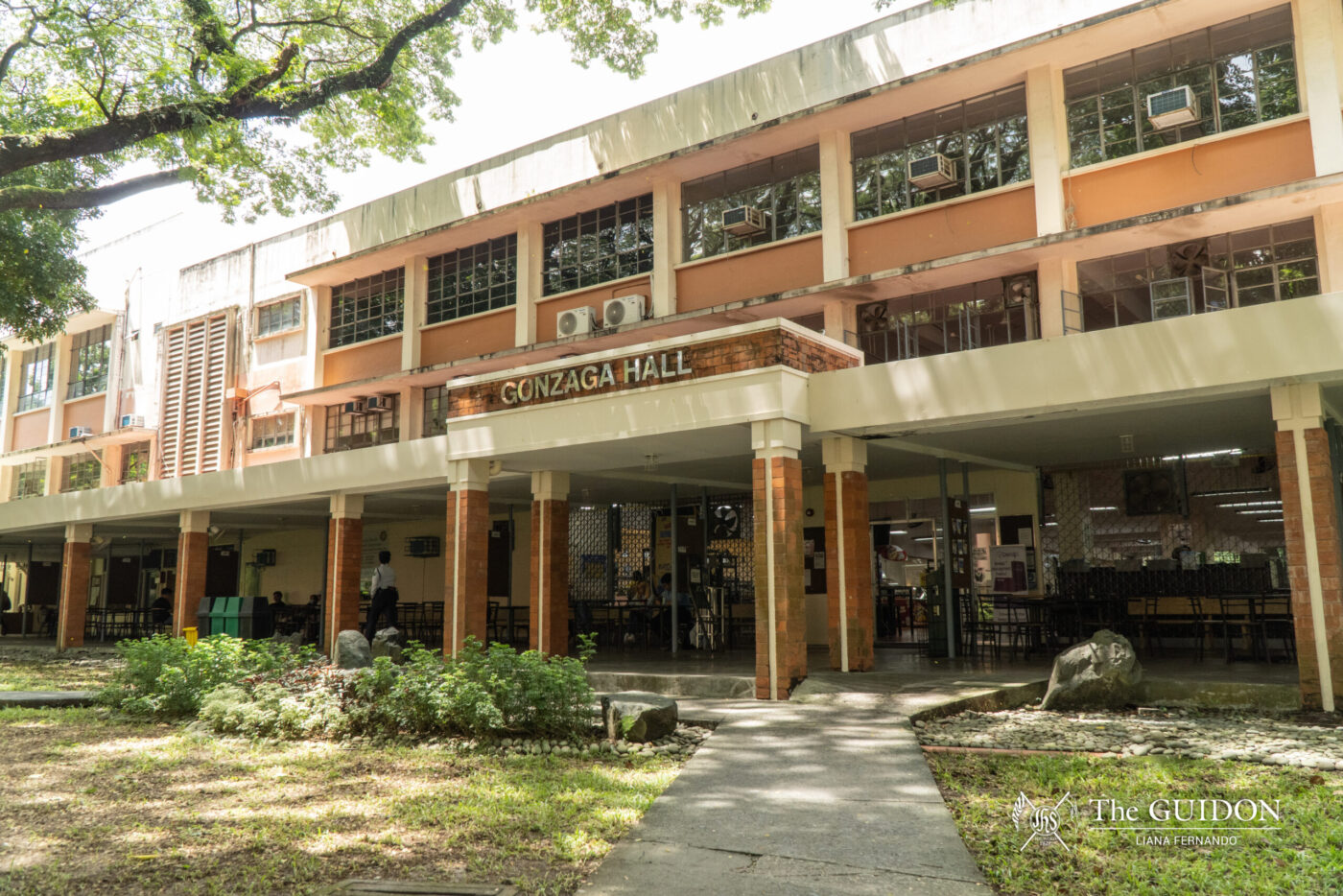IN AN effort to decongest its first-floor dining area, the Gonzaga Cafeteria’s second floor reopened last August 24 after nearly a month of being closed due to the recent turnover of the space.
This follows the departure of the cafeteria’s second-floor main concessionaire, Blue and Gold Catering Services, whose contract ended after 19 years of service in the Ateneo. Consequently, the other stalls or sub-concessionaires in the second floor contracted by Blue and Gold have stopped their services.
In place of these stalls, University Business Affairs Office (UBAO) Director Victor Claravall disclosed that the Table Tennis varsity team will temporarily occupy the upper level of the second floor for their training, given the ongoing renovations of the Blue Eagle Gym.
Part of a bigger plan
Addressing concerns on the division of space, Claravall mentioned the possibility of separating the levels by placing barriers as a way to give courtesy to both the diners and the Table Tennis varsity team.
While Claravall believes that the separation will be followed, he hopes that students would respect the table tennis equipment located on the upper level. Claravall also brought up the possibility of permitting non-varsity students to play table tennis in their free time.
With regard to future plans of dining on the second floor, Claravall revealed that potential concessionaires have been bidding on a place in the hall. Likening it to the link of JGSOM to JSEC, he further clarified that instead of having one main concessionaire with counterpart stalls, all accepted vendors would directly report to UBAO.
Furthermore, Claravall stated that these concessionaires will be picked based on the affordability and nutritional value of their menu. Moreover, he added that the stalls would have staggered openings, slowly filling the vacant slots on the second floor throughout September and October.
To healthier alternatives
Echoing the criteria set out by UBAO, Naomi Resurreccion (3 AB COM) stated that while grateful that the second floor had opened, she thinks that there are still issues that can be addressed by the administration.
“Finding space in Gonzaga is definitely a waiting game. You will either deal with the heat and noise inside, share tables with strangers, or fight for a spot outside. It has affected me in a way that I already presume how full Gonzaga is, so we decide to eat somewhere else,” Resurreccion explained.
Similarly, Tobiel Guce (3 BS BIO) finds comfort in eating, but he feels that the overall atmosphere of the dining hall has been somewhat uncomfortable due to the humidity within the building.
Commenting on quality, Guce feels that the food quality has become “monotonous” as his blockmates struggle to find healthy alternative food options. “There is an apparent lack of vegetable-based or healthy alternatives, besides the limited menu found at AMPC,” Guce adds.
Despite these, both Resurreccion and Guce share the hope that the new concessionaires will truly serve affordable, quality, and healthy options that students and faculty can enjoy.







